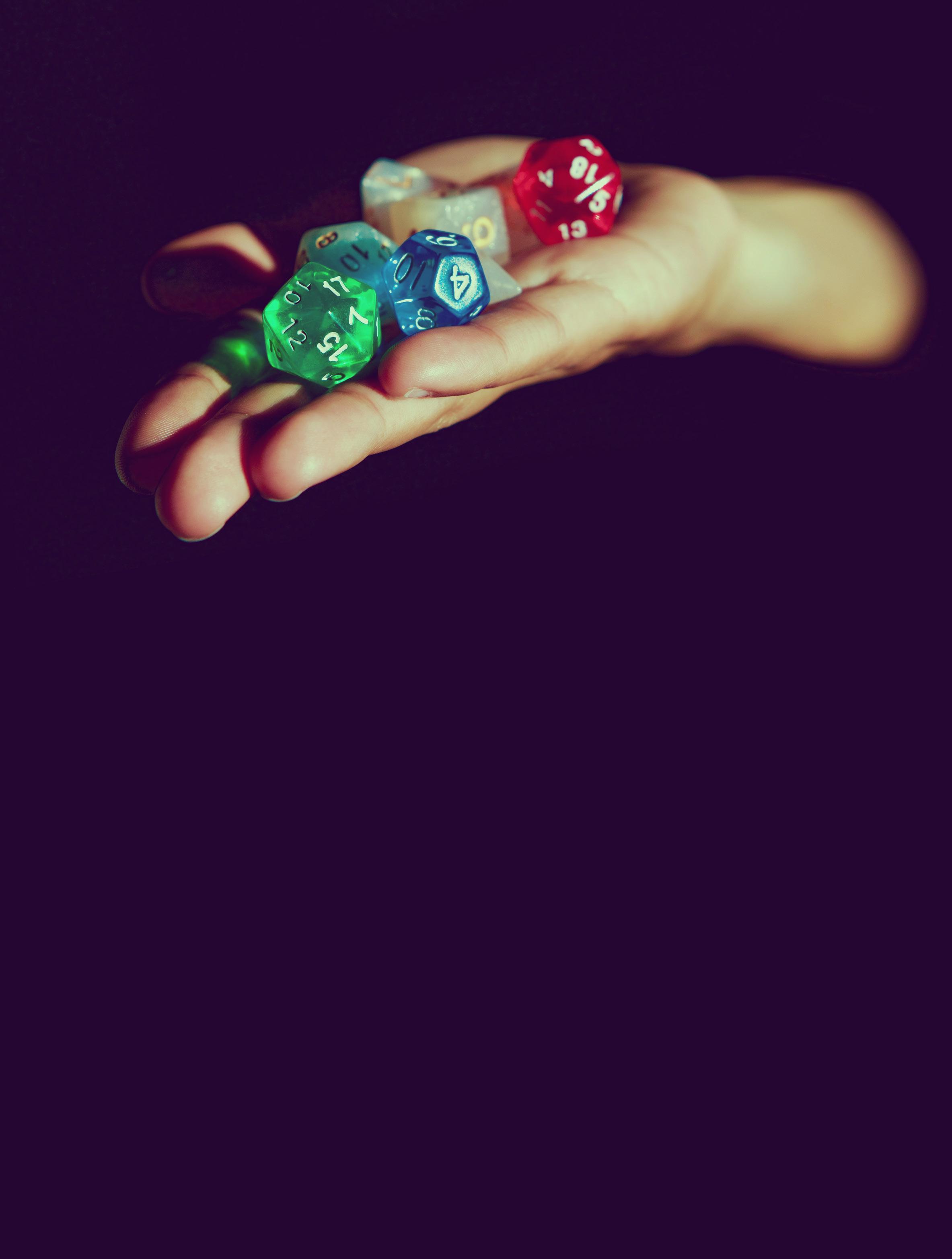
9 minute read
Putting the Brakes on Fast Fashion

It pollutes, it exploits, it looks great with a high waist pant. How do I both look, and feel good, in what I choose to wear?
By Andrew Broadley | Illustration by Yi Jong
With so much time sitting at home over lockdown, browsing the endless shoes and shirts and jackets and shackets, I couldn’t help but be frustrated by the ‘non-essential item’ banner that accompanied the many items I wanted to buy. Here I was, stuck at home, nowhere to go, no one to see, and God help me if I couldn’t buy myself a new pair of straight cut black pants.
Our demand for clothes has gone through the roof wardrobe. In 2014, a study found that we consume 60% more clothes than we did in 2000, yet we only keep the items for around half the time. And because of this, brands such as H&M churn out 12+ releases a year (Zara comes out top with 24 collections a year… seriously 24 drops a year) all in an effort to meet this hunger. And yet despite all of us running around like that one hungry hippo that benefited from the very not flat playing surface and gobbling up all the little white balls of fashiony goodness, 85% of textiles created still end up in landfills every year. Fashion companies seem to make clothes with the same business strategy I had when I excessively ate sausage rolls at every birthday up until the age of 7. It wasn’t a good strategy. I became known as the ‘vomiter’ and I am still haunted by it to this day. And yet despite knowing this, I sat at my laptop during lockdown, nowhere to go, no one to see, and I searched, and I searched for those goddamn straight cut black pants. But as I sat at my laptop and browsed the endless virtual racks, I noticed a trend. The start-ups and boutiques were closed but the big labels and brands were chugging out the orders as usual. You see in the wake of a pandemic, fast fashion stayed fast, and slow fashion came to a screeching halt.


Okay so we all get it, fast fashion stinks. But like me, you have probably read all about Prada and Fendi’s sweatshops (to name a few) and you are thinking “You know what Andrew, screw it.” You puff out your chest and you scream “There is no ethical consumption under capitalism!” And your bubble of equally angry and liberal friends applaud and cheer and hoot and holla and I’m inclined to let you have your moment. Because let’s face it, you’re not far off the truth. Profit margins are what matter in this world, and you can save the animals and eat all the land eradicating tofu and water sucking avocado you want. And you can thrift all the poor people’s clothes (we’ll get to this soon) and upcycle your dad’s varsity jackets all you want. But it’s all kinda fucked anyway. The other day my property loving girlfriend told me she no longer wants land and houses, rather a single high-rise apartment. Water levels are rising, food shortages are a give in, screw investing we should hunker down and enjoy what we can. And at this moment I thought, no. I’ve had enough. It’s just too damn depressing to give in. Drink your slave labour soymilk and you save those animals (that may have been a bad example?). I guess what I’m getting at is, our actions affect the planet and those around us, and our clothes affect a lot more than just how we look and how our social status is perceived and if that cute girl in the Chrome Hearts will like you back or not. Fast fashion is killing the planet and it’s about time we owned that. Now I’ve got to give Macklemore some credit here. Because I have a theory. Macklemore was never a revolutionary rapper or auteur (less a theory more a fact) but rather an environmentalist frustrated by the inability to move the youth of today to action. “How?” he pondered, from his humble eco house on the East Village “How can I get these kids to listen?” And in a stroke of genius the most annoying, piece of shit song was born and all across the world tags were popped and parents' wardrobes raided. For the ugly sweater was born (pending a lawsuit from David Bain) and the answers to fashion’s crimes were solved. Okay, solved may be a stretch, but Macklemore was definitely onto something. Recycling clothes and breathing new life into old pieces creates a cycle of consumption that results in less clothes in landfill and less money in the pockets of the big buys. But, as with all things in life, THERE IS NO ETHICAL CONSU- you get the point. Our hunger for faded band tees has run amok and now we have even managed to ruin thrift. Because somewhere along the line our idea of buying second hand has become intertwined with the idea of buying second hand as cheaply as possible. Because that cardigan is super cute if $5 and under but anything more and it’s a rip off. Because people don’t want to pay ‘new price’ for something that isn’t new. So, we raid the charity shops. We haul as much as we can, and we dump it into our wardrobes. Half of it goes unworn. The other half gets hiked up and resold on Depop. And yes, in theory there’s plenty to go around. Many charity shops are huge. But let’s be real. Many of the pieces in these shops are well, shit. Huge blazers with dramatic shoulder pads alongside t-shirts torn and stained. Pants that were for some reason tailored to someone that had a 28” waist and a 38” inseam (I hate to think what their tailoring bill would be). The idea that the massive quantity of clothes makes it okay isn’t really a true reflection on the situation. And now charity shops have caught on. Many have hiked up their prices, and many more now include a ‘designer’ rack where these items have been hiked up even further. Those that don’t have the option to shop elsewhere, now can’t even shop at the stores that were set up to help them. Now I’ve got to give
So, if you want to buy vintage, which I suggest you should, think about who you are buying it from. If you go into a charity shop, sure buy an item. After all, your money goes to them and helps them continue to run the shop and their other charitable endeavours. But don’t buy for the sake of buying. Don’t grab a bunch of random faded black tees for resale, or more than what you realistically need. Before you buy, think about who you are potentially taking away from.

Auckland, and New Zealand as a whole, has a heap of great vintage stores outside the realm of charity shops, where curated pieces have been sourced for those with an eye on fashion. These shops are locally owned and operated by many of the creative and hardworking individuals in our community; and they need our support. Here you can get super cool, unique pieces - or just another ‘Polo’ polo shirt - help the planet, help a local business, and just look like an all-round cool dude or dudette for doing so.
But thrift isn’t the only way to keep the grass green and the air clean. Whether they are using sustainable materials, employing marginalised workers, donating a percentage of profits to charity, or a whole range of all of the above, ethical brands are popping up everywhere. These labels are usually small start-ups that run on very fine profit margins and need our support to stay open. I know of people who refuse to buy new, who refuse to engage in the capitalist economy of over demand and over consume. And yes, we should refrain from this. But refusing to buy new is not the way to do it. The answer is not to withdraw your funding, it’s to shift it. Support the people who are innovating and creating change. Before you buy a piece, look at their brand story. Supporting these businesses not only helps your local creatives and the planet, but it takes money out of the pockets of the big boys and puts pressure on them to change as well. And yes, these brands can be expensive, but remember you are not just paying for the item. You are paying to support creative innovation, ethical practices, and to help the good guys pay the bills. These people have already faced ridicule from their family and friends. Had to stand awkwardly at their older sister’s graduation and timidly say “I’m in my second year of fine arts” well aware of the following tight, no lip smile and nod. “Good for you” Auntie Linda replies. But we all know she does not mean it. We all know Linda thinks it is good for no one, especially not you. So, let’s band together. Let’s prove Auntie Linda and her pursed lips of judgement wrong. Buy local. Buy ethical. Maybe buy less in general. I wish this could be my ending because it sounded pretty cool. But I know it’s time to address the elephant in the (changing) room.
Thinking about our consumption in any term outside of finances is a privilege. Many people think with their wallets and nothing else because they have to think with their wallets and nothing else. This is the only way they can keep themselves fed and clothed and maybe even alive. For these people, I hold no judgement, I mean for most people I try to hold no judgement. But for the rest of us, you will find that when you buy less, and you invest, the price tags don’t seem so bad. You don’t need to buy five plain black T shirts. Buy one or two that are going to last longer and make you and the planet smile. And if the price tag still seems bad, well… this isn’t a financial help piece, I don’t know. Think about if you need to buy anything at all. I’m not saying you need to go and throw out all your clothes and use that extra $1000 loan the Government gave us (more debt… seriously… more debt) to reinvent your wardrobe. But moving forward, think about what we are buying, how much we are buying, and where we are buying from. Where possible, let’s try to reduce our impact on the planet, and on those cramped in sweatshops for 12 hours a day.

Let’s prove Auntie Linda and her pursed lips of judgement wrong. Buy local. Buy ethical. Maybe buy less in general. (Nailed it!)










